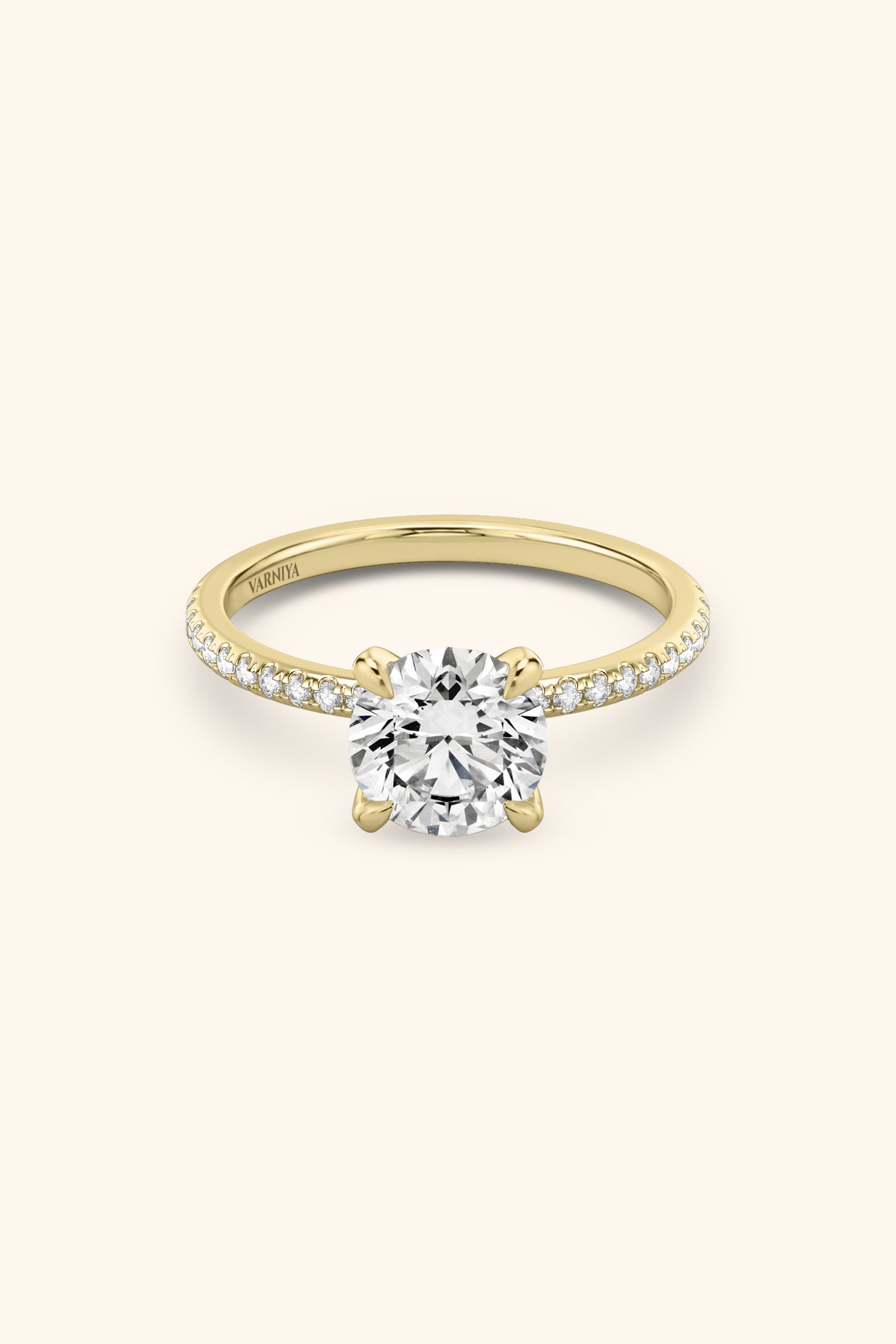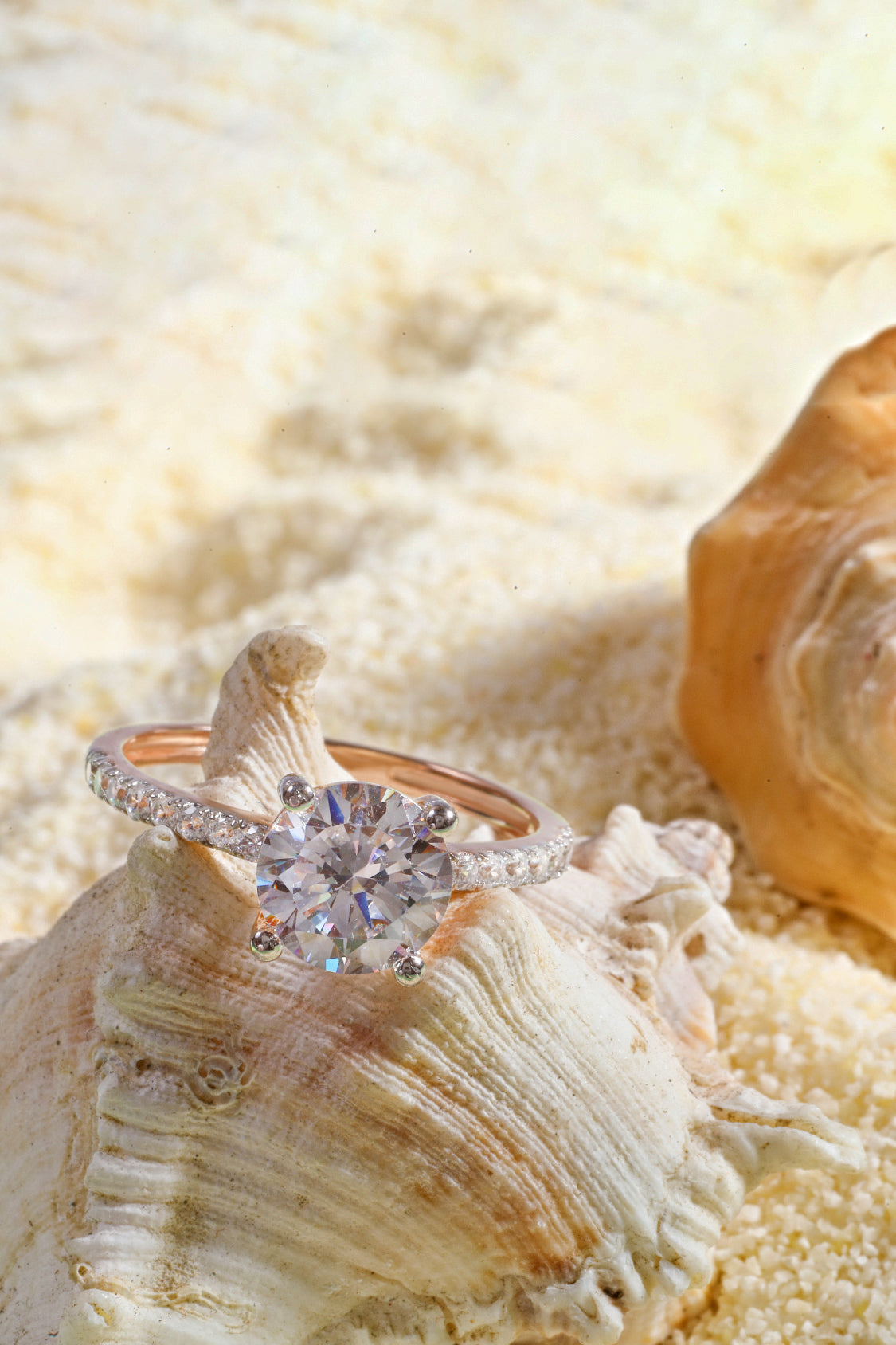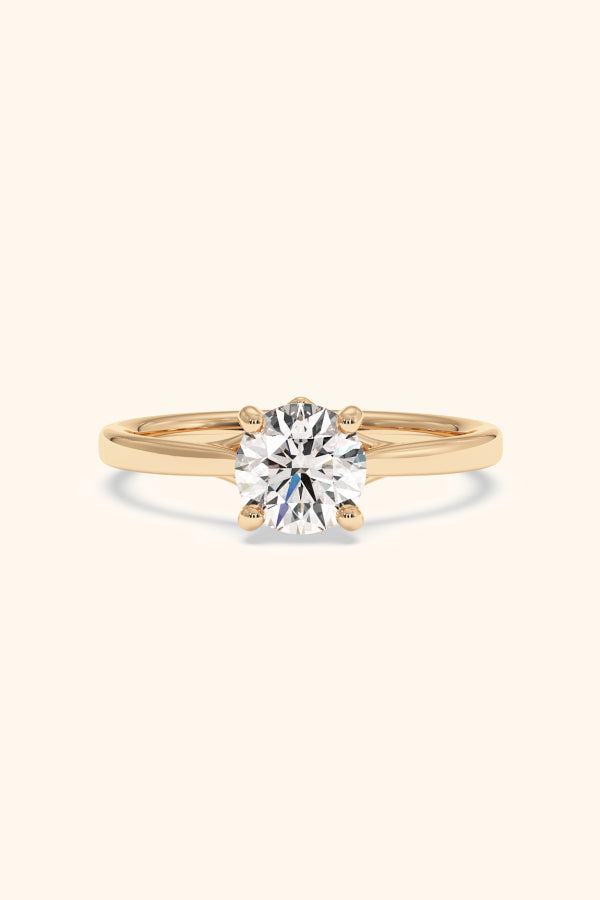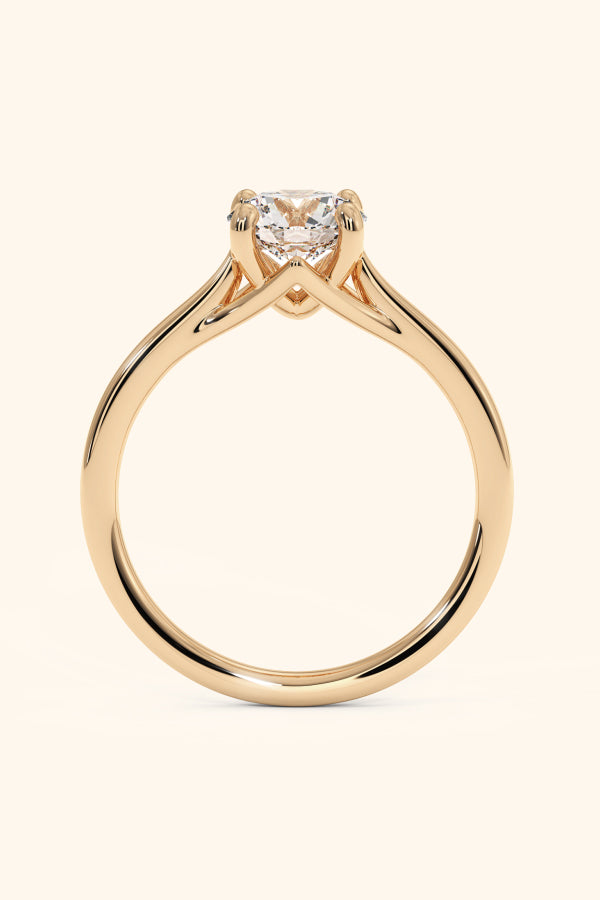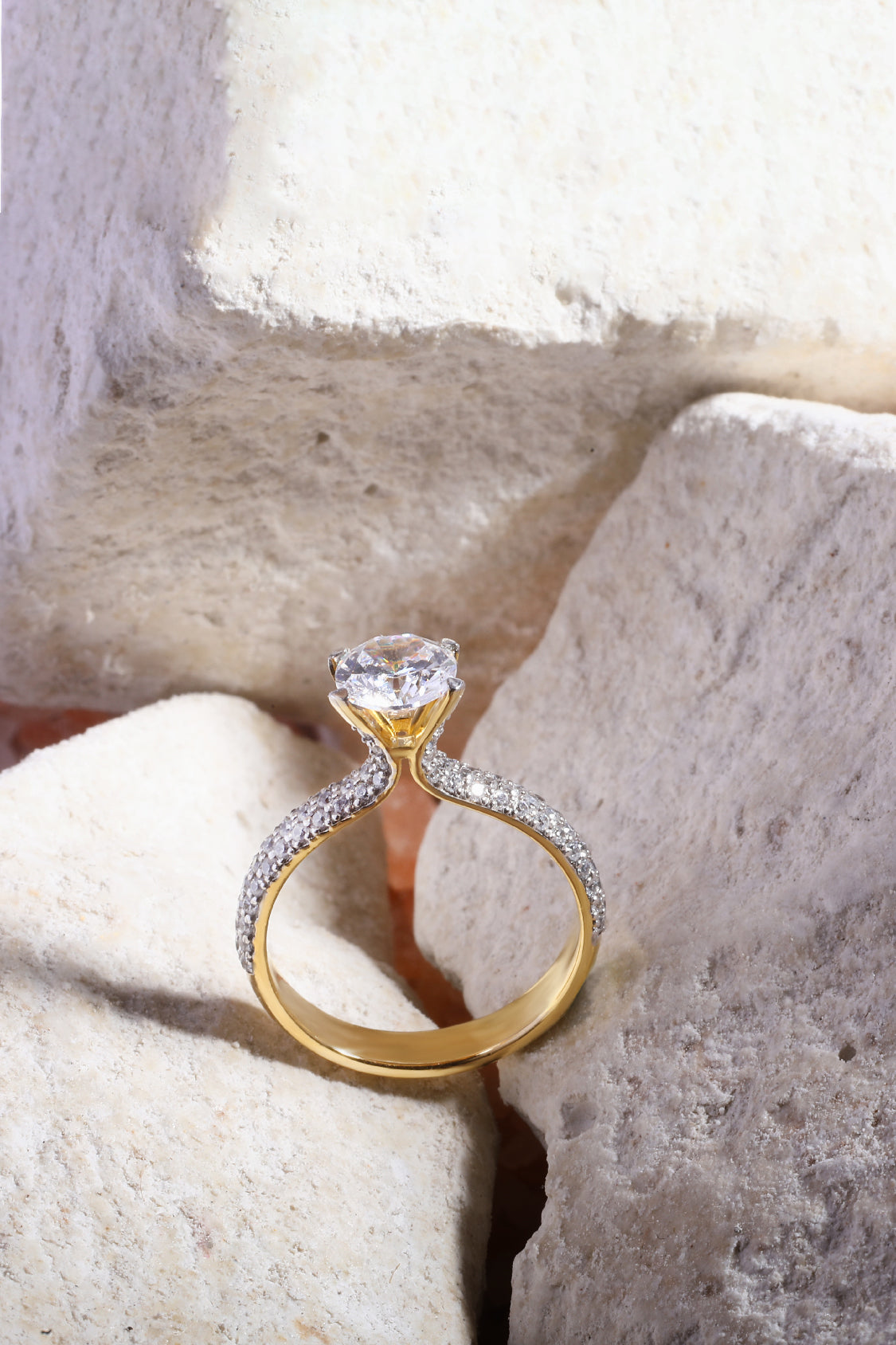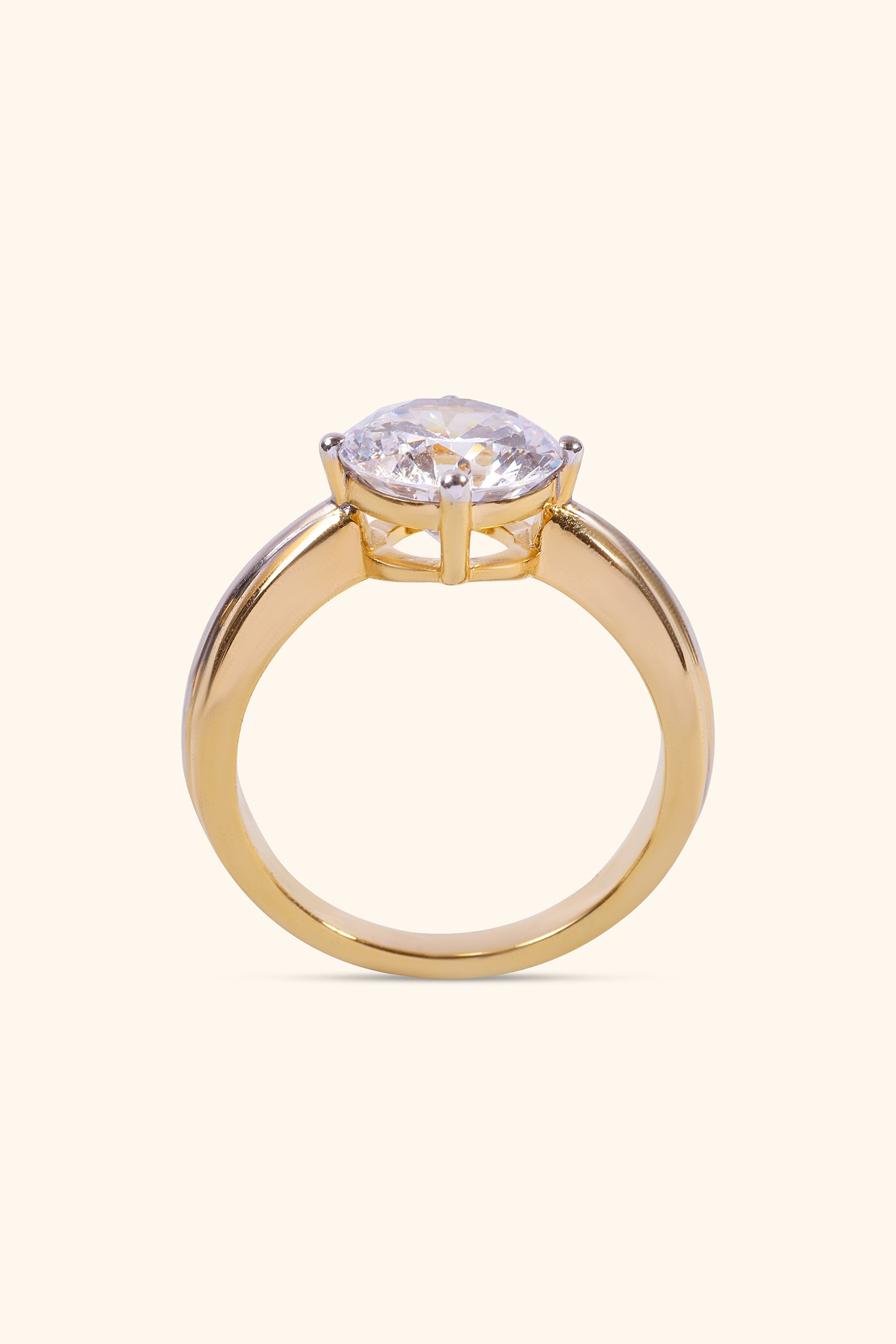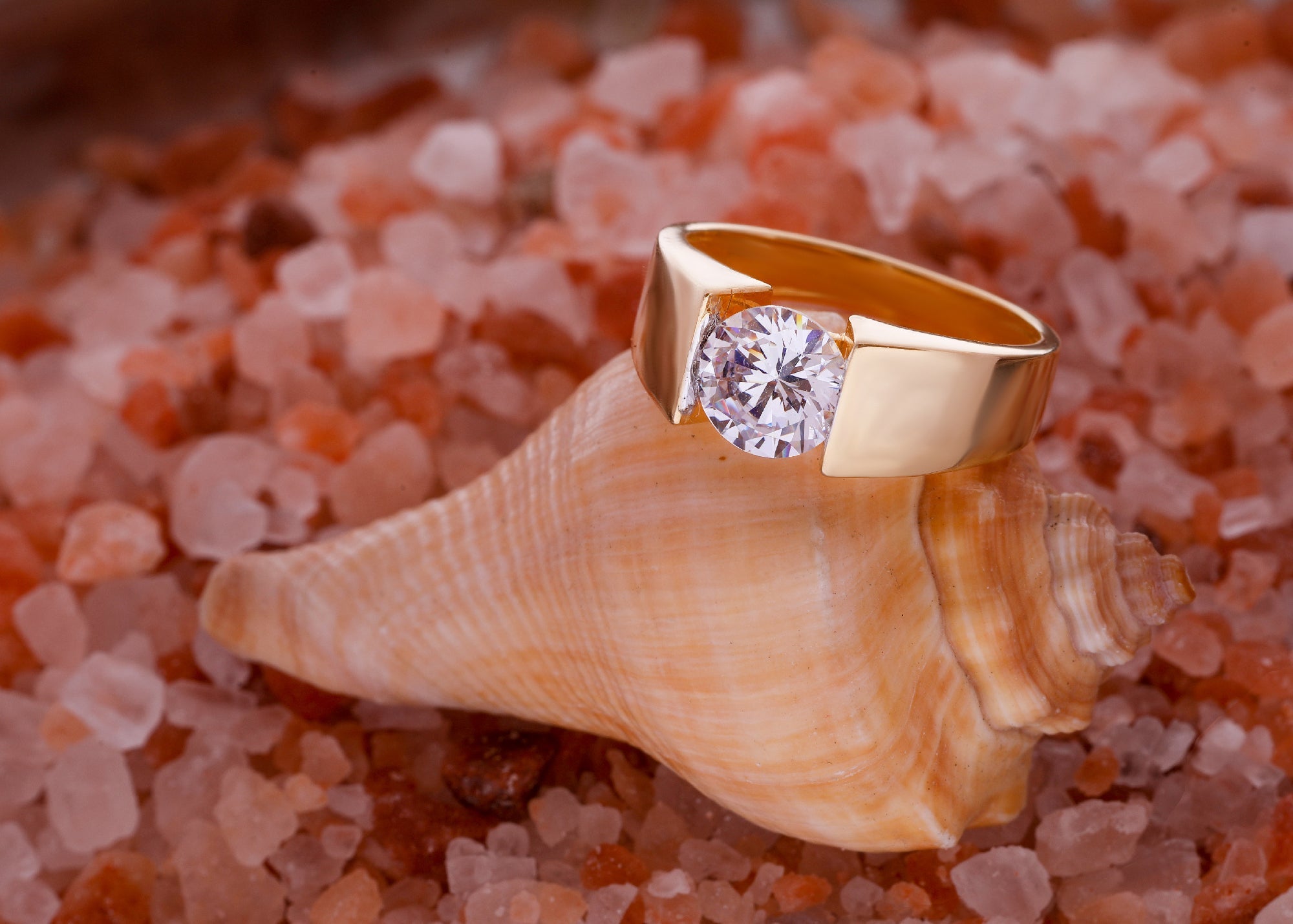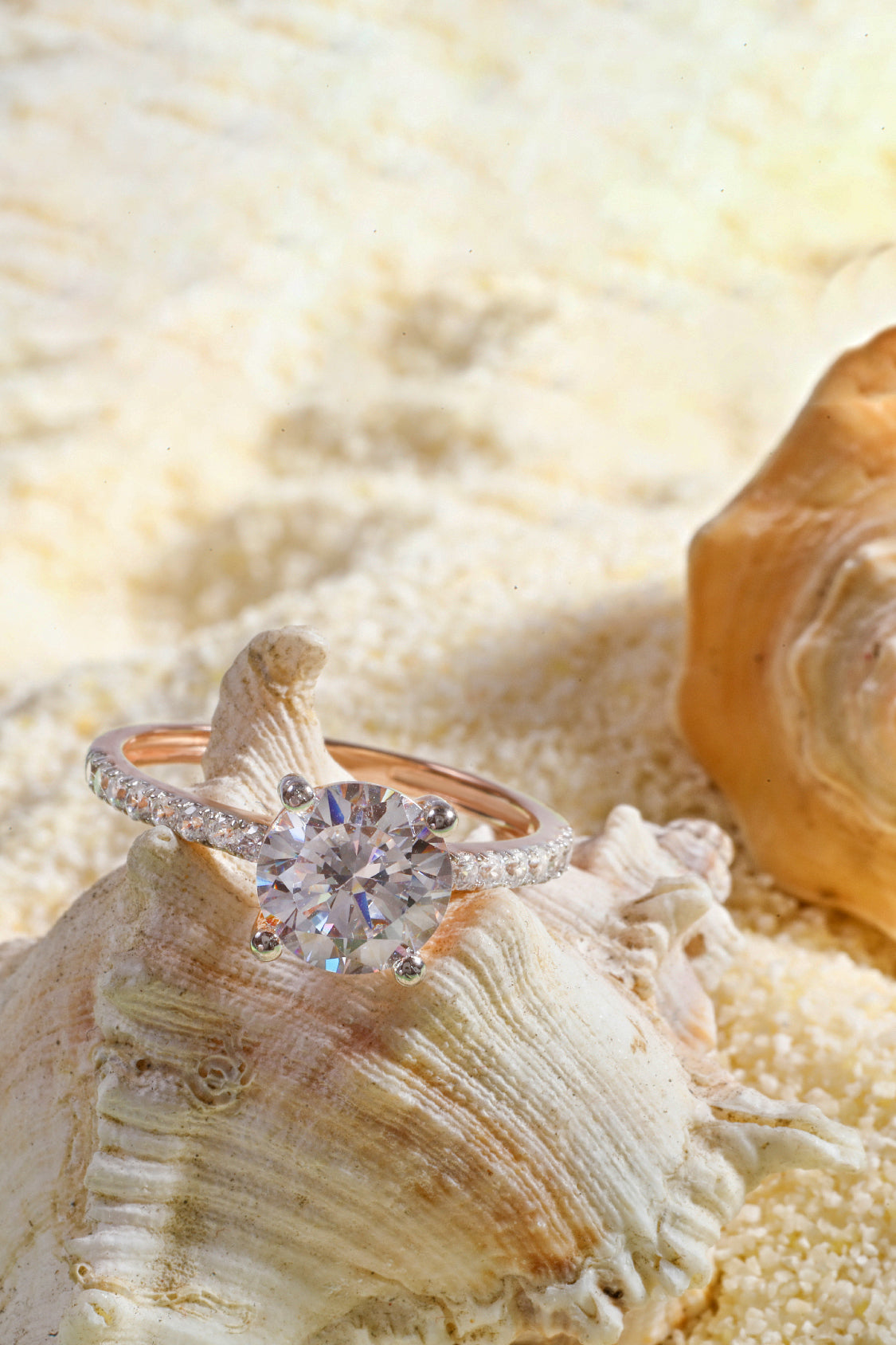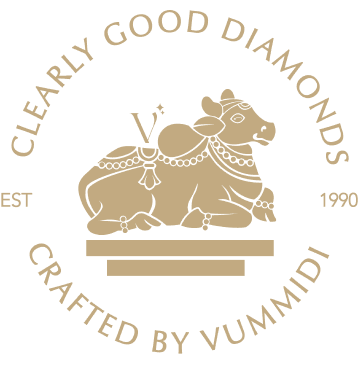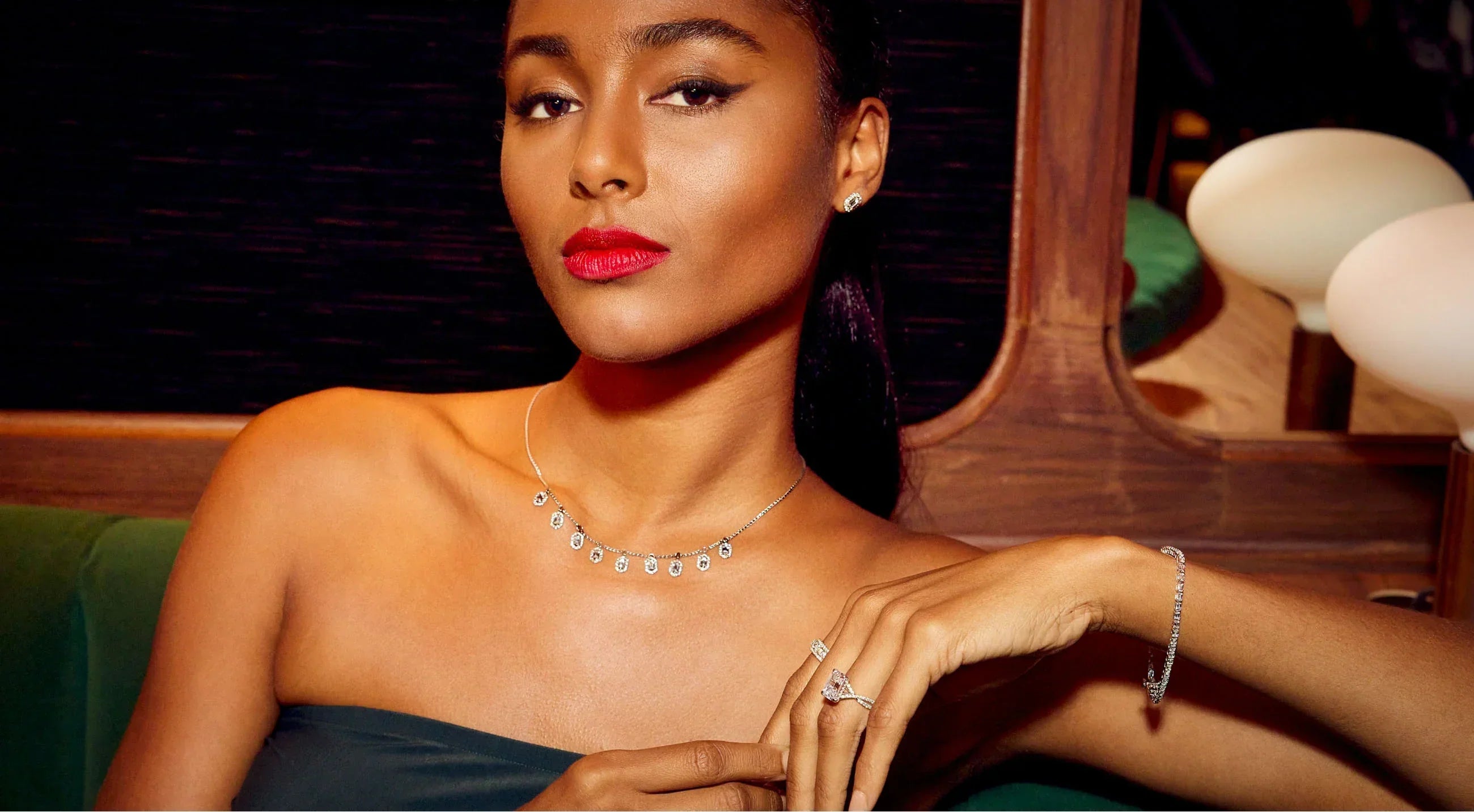
What Percent of Millenials Are Buying Lab Grown Diamond Rings? The Surprising 2025 Trend
What percent of millenials are buying lab grown diamond rings? See the latest 2025 data, reasons behind the shift, and how it’s reshaping the jewelry market.
What percent of millennials are buying lab grown diamond rings? A recent report shows that over 70% of millennial buyers in 2025 now prefer lab grown diamonds over mined ones (Forbes, 2024).
This shift isn’t just about affordability—it’s driven by concerns around the environment, ethical sourcing, and modern values. Millennials are changing the way people think about engagement rings and fine jewelry.
In this article, you’ll find the latest data, real reasons behind the trend, and what it means for the diamond industry, natural diamonds, and future buyers. If you’re exploring your options, this guide will give you clear answers.
| Metric | Value |
|---|---|
| Millennials Favoring Lab-Grown Diamonds | 70% prefer lab-grown diamonds over natural ones (Growndiamondcorp) |
| Market Size of Lab-Grown Diamond Jewelry (2025) | Estimated at USD 331.31 million (Markets & Data) |
| Projected Market Size by 2032 | Expected to reach USD 841.04 million (Markets & Data) |
| Annual Growth Rate (2025–2032) | CAGR of 12.35% (Markets & Data) |
| Price Advantage | Lab-grown diamonds are 30–40% cheaper than mined diamonds (Markets & Data) |
| India's Share in Global Lab-Grown Diamond Production | Approximately 15% (TIME) |
| Export Potential Over Next 5 Years | Estimated at INR 40,000 crore (Growndiamondcorp) |
| Popular Cities for Lab-Grown Diamonds | Surat, Mumbai, and Jaipur (Growndiamondcorp) |
| Commonly Purchased Jewelry Types | Engagement rings, stud earrings, and solitaire pendants (Everyday Diamonds) |
Why Millennials Prefer Lab Diamonds Over Natural Diamonds
1. They're more Environmentally Friendly
Lab grown diamonds are made in a controlled environment, not pulled from the earth’s surface like mined diamonds. They can be manufactured in weeks, while mined diamonds take billions of years to form naturally beneath the Earth's surface. That means:
-
No digging up vast amounts of land—estimates suggest 250 tonnes of earth are moved for each carat of mined diamond produced.
-
Less damage to Mother Earth
-
Fewer carbon emissions, as lab-grown diamonds generally have lower carbon footprints compared to mined diamonds due to their production methods
According to a 2024 report by the Environmental Working Group, lab diamonds use 60% less energy and reduce the carbon footprint by over 50% compared to mining natural diamonds.
2. Ethically Sourced
Many natural diamonds come from conflict zones. These are places where diamond profits fund wars. Additionally, some diamond mines employ workers on low wages in unsafe conditions.
The diamond mining industry is also associated with unethical labor practices and exploitation of workers. Lab grown diamonds are conflict free, so you know they weren’t linked to violence.
Also, there’s no forced labor. As Kimberley Process expert Dr. Anita Ross says, “Ethical sourcing is not just a trend—it’s a must for younger generations.”
3. More Affordable Without Sacrificing Quality
Lab diamonds are up to 40% cheaper than real diamonds formed in the ground. But they look just as good.
In fact, lab diamonds are chemically identical and optically identical to stones formed naturally underground. The average price of lab-grown diamonds is significantly lower due to reduced production and overhead costs.
You get the same sparkle and durability—without the huge price tag.
4. Customization and Modern Designs
Millennials like things that match their personal style. With lab diamonds, it’s easier to create engagement rings or stud earrings that feel unique. They also offer a greater variety of shapes and colors than natural diamonds, making them even more appealing for customization.
You can even choose rare types like Type IIA diamonds. These are super pure and often hard to find in mined counterparts.
5. Backed by Innovation, Not Exploitation
Lab diamonds are made with advanced technology using pure carbon, high pressure, and high temperature in labs run by top diamond growers.
Many brands use renewable energy and clean manufacturing processes, which helps build a more sustainable alternative to the traditional industry. Additionally, production costs of lab-created diamonds have fallen rapidly as technology improves, making them more accessible.
Companies can manufacture lab-grown diamonds in any quantity at will, further enhancing their availability compared to mined diamonds.
As one major retailer said, “Millennials want diamonds with a story—and that story should include ethical sourcing, eco friendly methods, and smart production costs.”
The Decline of the Traditional Mined Diamond Industry
Diamond mining has been a big part of the jewelry world for over a century. But today, things are changing—especially among millennials and younger generations. More buyers now ask: Is diamond mining still necessary in 2025?
The environmental damage from diamond mining, including habitat destruction, biodiversity loss, and greenhouse gas emissions contributing to climate change, has led many to seek alternatives.
Is Diamond Mining still Relevant for Younger Generations?
Younger buyers are making different choices for a few big reasons:
1. Mining Hurts the Earth
-
Mining diamonds means digging deep into the earth’s surface, often disturbing natural conditions.
-
It requires vast amounts of energy, water, and land. This causes damage to Mother Earth, which many buyers want to avoid. Additionally, mined diamonds often result in pollution of water sources used by local people due to acid mine drainage.
“We’re not just buying diamonds. We’re buying values,” said Alicia Kim, a 28-year-old buyer from San Diego. “I want a ring that’s beautiful and doesn’t harm the planet.”
2. Lab Diamonds Are a Sustainable Alternative
-
Unlike traditional mined diamonds, lab grown stones are made in labs using controlled environments. They avoid the harmful mining process completely.
-
Many labs even use renewable energy. That makes lab diamonds a sustainable alternative that matches modern values.
3. Ethical and Transparent Sourcing
-
Mined diamonds sometimes come from conflict zones, where diamond sales fund wars. That’s why many millennials prefer conflict free, ethically sourced stones.
-
Lab diamonds are easier to trace, giving buyers peace of mind.
Even parent companies of top diamond brands are now investing in lab grown options to meet demand. They know the diamond industry is shifting.
Choosing Lab Grown Diamonds: What Young People Should Know
Buying a diamond used to be simple—go to a store and pick a natural diamond. But today, more young people are asking questions. Is it safe to buy lab grown? Will it last? Is it really better for the planet? Let’s answer these in a clear and honest way.
Lab Grown Diamonds Are Real Diamonds
-
Let’s clear up the biggest myth first. Lab grown diamonds are real. They’re not fake, synthetic, or costume jewelry.
-
They’re made with pure carbon, just like naturally occurring diamonds, and go through the same extreme high pressure and high temperature in a lab.
How to Choose the Right Lab Diamond
Here’s a simple guide to choosing lab grown diamonds that match your values and budget:
-
Check Certification: Always buy diamonds certified by trusted labs like IGI or GIA. This proves your stone is real and high quality.
-
Ask About the Source: Some brands use renewable energy and transparent supply chains. That’s a plus.
-
Look for Reputable Brands: Many major manufacturers now offer lab grown options. Some of the many major manufacturers leading this shift include Limelight Diamonds, Greenlab Diamonds, and Varniya—brands known for quality and ethical sourcing.
Varniya, Greenlab Diamonds, Limelight Diamonds & Other Major Manufacturers
Varniya: A Legacy of Craftsmanship Meets Modern Sustainability
-
Rooted in the esteemed Vummidi Jewellers lineage since 1900, Varniya seamlessly blends traditional craftsmanship with contemporary design.
-
Their collection boasts IGI-certified lab grown diamonds set in engagement rings, pavé bands, studs, and pendants. Designed for both special occasions and everyday wear, Varniya's pieces are durable and timeless.
-
Notably, their 1-carat lab grown diamond rings are priced 35–40% less than their mined counterparts, offering the same sparkle at a more accessible price point.
Greenlab Diamonds: Pioneering Sustainable Luxury
-
Established in 2019, Greenlab Diamonds has rapidly ascended as a global leader in lab grown diamond production. Their state-of-the-art facility in Surat, India, spans over 95,000 sq ft, integrating advanced technology with sustainable practices.
-
Harnessing renewable energy sources like solar and wind, Greenlab is committed to reducing its carbon footprint.
-
Their achievements include producing the world's largest lab grown polished diamond, a 27.27-carat marquise step-cut named "Om."
Limelight Diamonds: Redefining Luxury with Conscious Choices
-
Founded in 2019 by Pooja Sheth, Limelight Diamonds has positioned itself as India's premier sustainable diamond luxury brand.
-
Specializing in Type IIA lab grown diamonds, Limelight offers a diverse range of jewellery, from solitaires to bridal collections. Their commitment to sustainability is evident in their use of recycled materials and renewable energy in production.
-
With over 30 exclusive stores across India, Limelight continues to expand its footprint, making sustainable luxury accessible to a broader audience.
How the Supply Chain is Changing in the Jewelry Industry
1. From Mines to Labs: A Cleaner Start
-
In the past, most diamonds came from deep diamond mining operations. These mines caused pollution and disrupted the natural conditions of the earth’s surface.
-
But lab grown diamonds now offer a cleaner option. They’re made using advanced technology in a controlled environment.
2. Supply Chains Are Now More Transparent
-
When you buy a natural diamond, it can be hard to track its journey. Was it ethically sourced? Was it linked to conflict diamonds?
-
But with lab grown diamonds, it's different. The process is traceable from start to finish. Brands now use blockchain systems to show you exactly how your diamond was made, where it came from, and even which lab grew it.
3. Prices Are More Fair and Consistent
Because lab diamonds don’t rely on massive mine operations or middlemen, the prices are often lower and more stable. Buyers enjoy cost savings without sacrificing quality.
-
A 1-carat lab grown diamond from Varniya costs 35–40% less than a mined one.
-
You get the same sparkle and size, at the same price you'd pay for a smaller natural diamond.
4. Big Players Are Moving Fast
-
Even major diamond manufacturing countries like India are backing lab-grown production. India now leads global exports of lab diamonds, showing how fast the shift is happening.
-
Many major manufacturers are also upgrading their production lines to use renewable energy and sustainable practices.
Are Gen Z Buyers Following the Same Trend?
The short answer is yes. Just like millennials, Gen Z buyers are making new choices when it comes to diamonds. They’re smart, value-driven, and more aware of where their products come from.
If you’re wondering what percent of millennials are buying lab grown diamond rings, it’s already over 70% in 2025 (Forbes, 2024). But Gen Z is catching up—fast.
Let’s break down how Gen Z and younger consumers are entering the market and what their habits say about the future of diamond jewelry.
Gen Z and Younger Consumers are Entering the Engagement Ring Market
Gen Z is stepping into the spotlight—and they’re doing things their own way. When it comes to engagement rings, they’re not just looking for sparkle. They want meaning, value, and a story they can stand behind.
Many young people today are choosing lab grown diamonds instead of natural diamonds. Why? Because they care about where the diamond comes from. They don’t want something linked to conflict zones or the damage caused by diamond mining.
They want something clean, modern, and true to their values. Lab-grown diamonds also provide larger sizes for the same price as smaller mined diamonds, making them a practical choice.
They’re also smarter with money. A lab grown diamond ring gives them the same sparkle at a better price. And they love that. It’s a mix of style, savings, and doing what feels right.
So, whether it's their first big jewelry buy or a gift for someone they love, younger consumers are shaping a new kind of diamond market—one that’s fair, transparent, and built for the future.
What the Future Looks Like for Diamond Jewelry Buying Habits
The trend isn't slowing. In fact, lab grown diamond sales are expected to make up nearly 35% of the global diamond market by 2030, according to Statista.
Reports indicate that lab-grown diamonds now comprise 5-6% of the global diamond market. The lab-grown diamond market is currently growing by 15% to 20% annually, reflecting its increasing popularity.
Here’s what this means for the future:
-
More demand for lab diamonds: Brands are now focusing on grown diamond options over traditional mined ones.
-
Better pricing: Gen Z likes value, and lab diamonds offer cost savings without compromising shine.
-
Shift away from mined diamonds: Over just a few years, the focus has moved toward lab created gems. Some even believe mined stones might become the luxury exception, not the norm.
And it’s not only about engagement rings. Gen Z is also choosing lab grown diamonds for everyday wear, gifts, and even self-purchases—turning them into style staples, not just symbols of love.
More than 70% of millennials now prefer lab grown diamonds. They’re affordable, environmentally friendly, and offer the same sparkle. If you still plan to choose natural diamonds, ask yourself why. Young people and younger consumers are changing the game—for good. The future of diamonds is smarter, cleaner, and here to stay.


